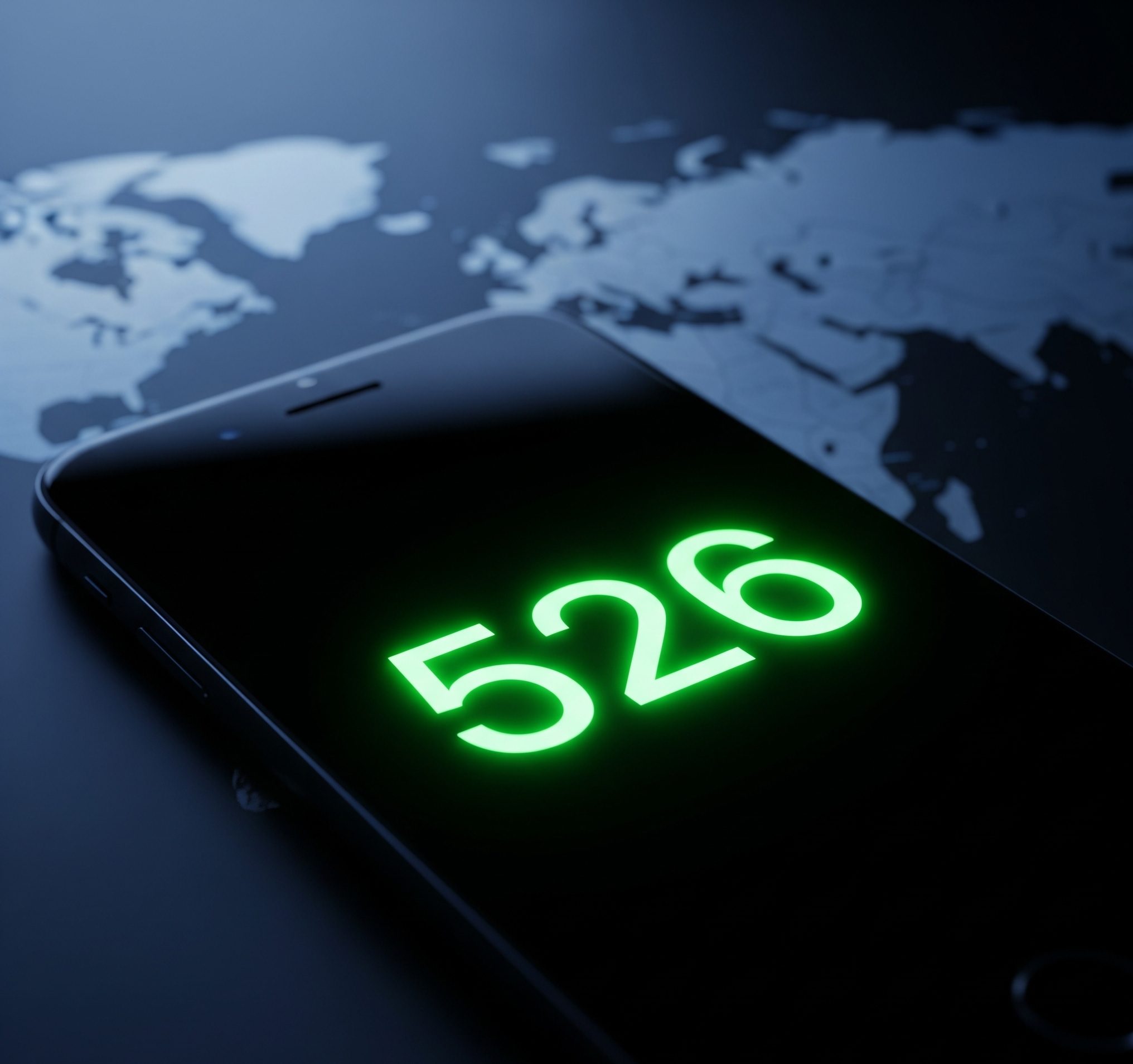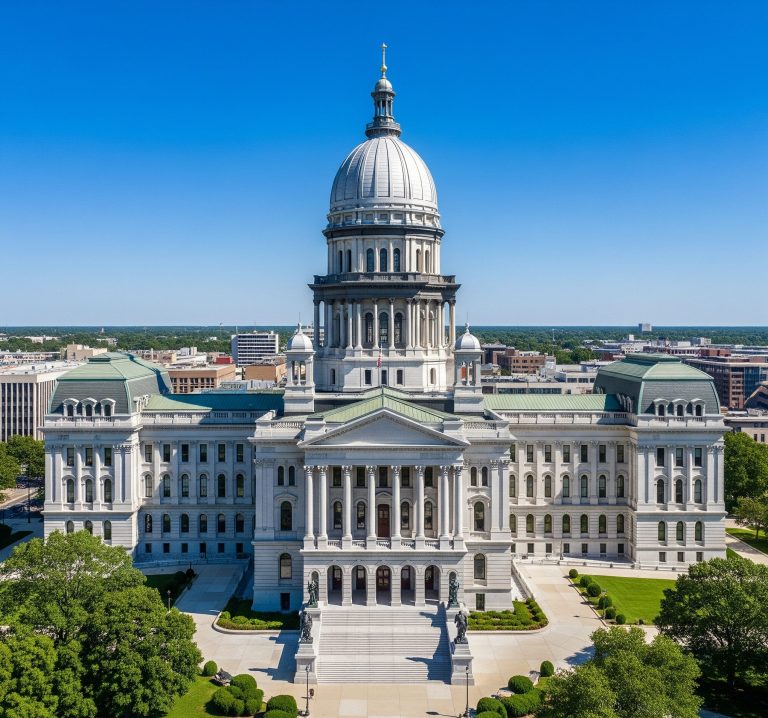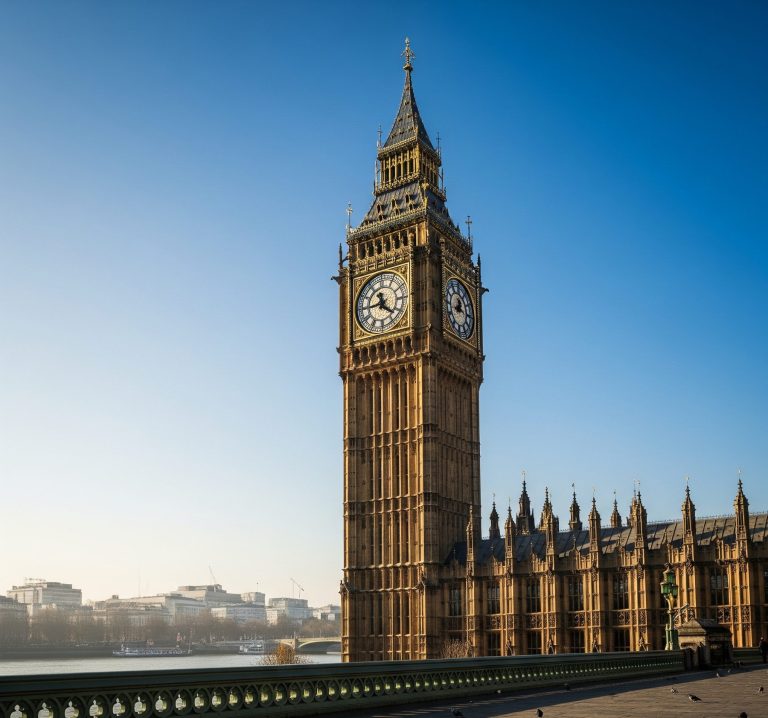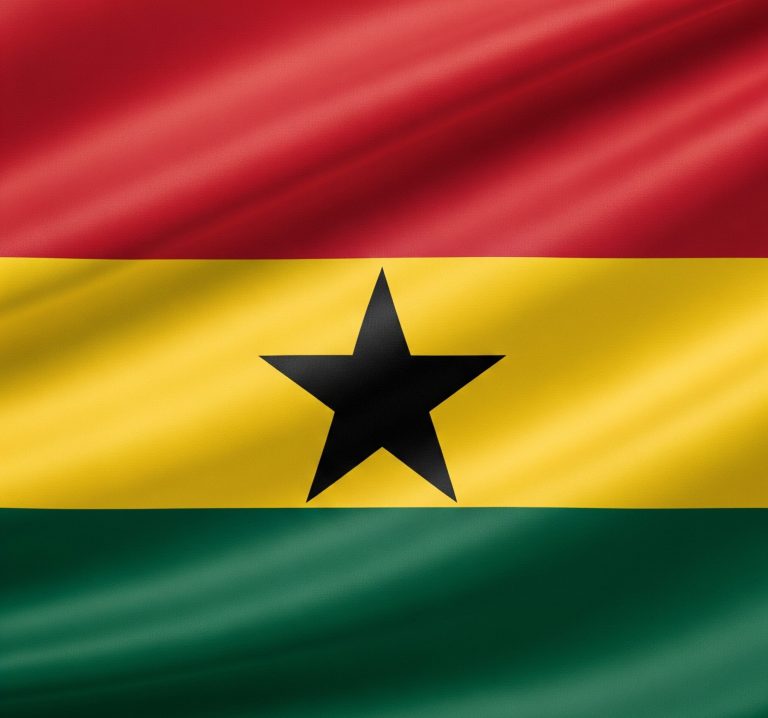In the vast and intricate system of telephone numbers across the United States, area codes serve as fundamental identifiers, directing calls to specific geographic regions. However, not all area codes are tied to a physical location. Among these, the 526 area code stands out as a unique and often misunderstood identifier, reserved for special services rather than a particular state or city. For an American audience, grasping the nature of this non-geographic code is crucial for navigating modern telecommunications, understanding potential scam risks, and appreciating the evolving structure of phone numbering.
Contents
What is the 526 Area Code?
Unlike the familiar codes associated with New York City (212), Los Angeles (310), or Chicago (312), the 526 area code is classified as a “Non-Geographic Services” code. This means it doesn’t correspond to a specific metropolitan area or state within the North American Numbering Plan (NANP). Instead, it’s allocated for various specialized telecommunication purposes.
The 526 area code was formally introduced on January 28, 2021, as part of an effort to relieve pressure on other non-geographic codes, particularly the 500 area code, which was nearing exhaustion. Its creation was a strategic move by the North American Numbering Plan Administration (NANPA) to ensure a continued supply of numbers for these specialized services.
Non-Geographic Services Explained
So, if it’s not a place, what is the 526 area code used for? “Non-Geographic Services” can encompass a wide range of applications, including:
- Personal Communications Services (PCS): These are often associated with services that allow users to have a “follow-me” number, meaning calls can be routed to different devices or locations based on the user’s preferences, rather than being tied to a fixed geographical point. Think of advanced call forwarding or specialized VoIP (Voice over Internet Protocol) services.
- Toll-Free Numbers: While not directly a toll-free code itself (which typically start with 800, 888, etc.), the category of non-geographic services can include infrastructure supporting these and other premium services.
- Network Routing and Testing: Telecommunication companies use non-geographic codes for internal network management, testing, and service provisioning. This ensures that new technologies and services can be implemented and maintained without disrupting the traditional geographic numbering system.
- Specialized Business Applications: Some businesses might utilize these codes for specific customer service lines that require advanced routing capabilities or are not tied to a single physical call center.
The broad nature of “special services” means that a call originating from or directed to a 526 area code number could be part of a legitimate and innovative telecommunications solution.
The Cultural Context of Area Codes in the U.S.
For Americans, area codes are more than just numbers; they often carry a strong sense of identity and regional pride. A “212” number evokes New York City, a “404” connects to Atlanta, and a “313” is unmistakably Detroit. This cultural attachment has deep roots in the history of the North American Numbering Plan, which began in the 1940s to unify disparate local telephone systems into a nationwide network for long-distance calling.
Early area codes, typically with a ‘0’ or ‘1’ as the middle digit, were assigned to large geographic regions. As populations grew and demand for phone numbers increased, new area codes were introduced, often splitting existing ones. This history fostered a unique American phenomenon where area codes became symbols of local identity, appearing in popular culture, songs, and even annual community events (like “404 Day” in Atlanta).
The introduction of non-geographic codes like 526 area code reflects the continued evolution of telecommunications beyond simple fixed-line geography. While they may lack the immediate cultural resonance of traditional area codes, they are essential for the flexible and dynamic communication landscape of the 21st century.
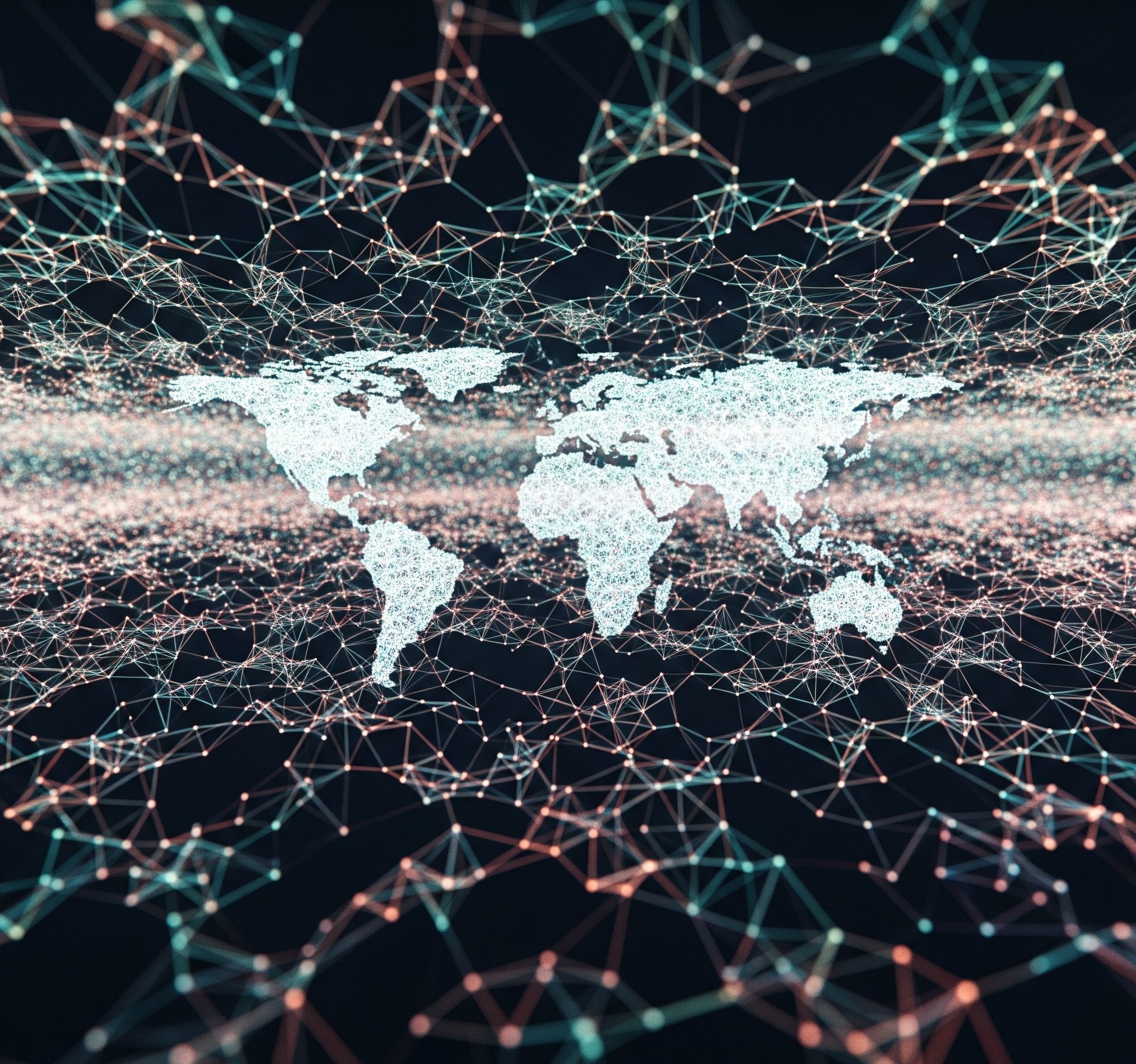
Navigating Potential Risks: The 526 Area Code and Scams
While the 526 area code serves legitimate purposes, its non-geographic nature can sometimes be exploited by scammers. One common tactic is the “one-ring” scam, where scammers call from international numbers that spoof or resemble U.S. area codes, including those that might appear unfamiliar or non-geographic. They let the phone ring once, hoping the recipient will call back, often incurring hefty international or premium service charges.
Protecting Yourself from “One-Ring” Scams and Other Exploitations
Given the potential for misuse, it’s important for American consumers to exercise caution when encountering calls from unfamiliar numbers, including those with the 526 area code. Here are some key tips:
- Don’t call back unknown numbers: If you receive a one-ring call or a call from an unfamiliar number that leaves no message, resist the urge to call back immediately.
- Verify the number: If you’re expecting a call from a service provider or business, and the number looks unusual, try to verify it through official channels (e.g., their official website or a previously known contact number).
- Be wary of unexpected calls seeking personal information: Legitimate organizations typically won’t ask for sensitive personal or financial information over an unsolicited phone call.
- Utilize call-blocking services: Many phone carriers offer services or apps to help block unwanted robocalls and scam calls. The Federal Communications Commission (FCC) and Federal Trade Commission (FTC) also provide resources for reporting scams and reducing unwanted calls.
- Understand non-geographic codes: Knowing that codes like 526 area code are for special services can help you assess whether an unsolicited call from such a number seems legitimate for your specific context.
The Future of Numbering: Beyond Geography
The existence and continued expansion of non-geographic area codes like 526 area code illustrate a broader trend in telecommunications: the increasing decoupling of phone numbers from fixed physical locations. As more communication shifts to internet-based platforms, and as individuals become more mobile, the need for flexible numbering solutions grows.
This evolution allows for greater innovation in services, enabling features like unified communications (where all your devices can receive calls to a single number) and more efficient routing of specialized traffic. While traditional area codes will undoubtedly retain their geographic and cultural significance, non-geographic codes are quietly but crucially supporting the dynamic and increasingly complex digital interactions of the 21st century.
conclusion
while the 526 area code may not be tied to a bustling city or a serene landscape, it plays a vital role in the intricate tapestry of American telecommunications. Understanding its purpose as a non-geographic service code helps demystify the modern phone system, empowers consumers to protect themselves from potential scams, and offers a glimpse into the flexible future of how we connect.

